Stroke Support Guide - Stroke Recovery Assistance
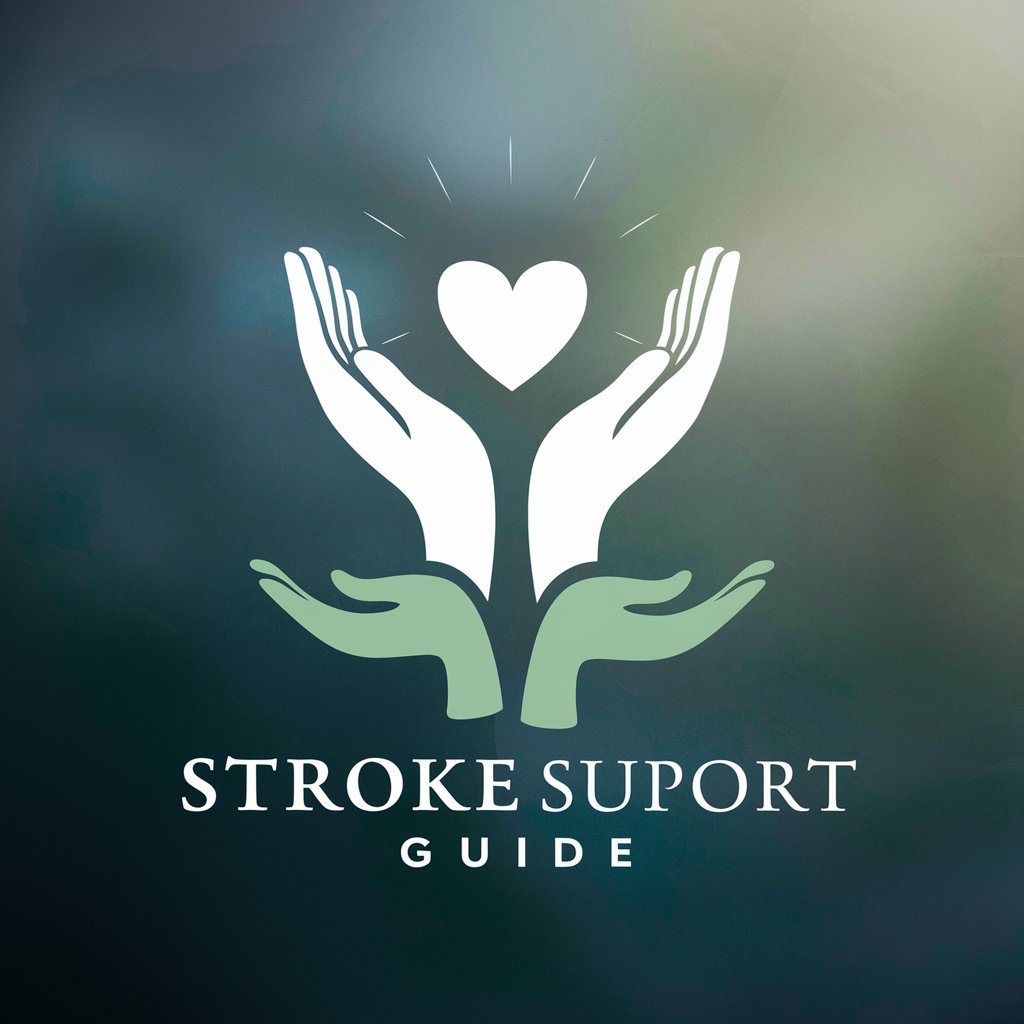
Welcome to Stroke Support Guide! How can I assist you today?
Empowering Stroke Recovery with AI
How can I help you with your stroke recovery?
Do you have any questions about managing stroke symptoms?
Looking for tips on post-stroke rehabilitation?
Need advice on supporting a loved one after a stroke?
Get Embed Code
Introduction to Stroke Support Guide
Stroke Support Guide is designed to serve as a comprehensive resource for individuals affected by stroke, their families, and caregivers. Its primary purpose is to offer guidance, support, and information tailored to the needs of those navigating the complexities of stroke recovery, management, and prevention. The guide is built on a foundation of medical knowledge, rehabilitation practices, and practical advice to assist users in making informed decisions and adopting effective strategies for coping with the challenges posed by a stroke. For example, it can provide detailed information on recognizing stroke symptoms early, steps to take immediately after a stroke, navigating the rehabilitation process, and adjusting to life post-stroke. Additionally, it offers insights into preventive measures to reduce the risk of future strokes, including lifestyle modifications and medical interventions. Powered by ChatGPT-4o。

Main Functions of Stroke Support Guide
Educational Resources
Example
Explaining the different types of strokes (ischemic and hemorrhagic) and their symptoms.
Scenario
A user unfamiliar with stroke types visits the guide seeking information after a loved one's diagnosis. The guide provides clear, detailed explanations to help them understand the condition and its implications.
Recovery and Rehabilitation Support
Example
Offering rehabilitation exercises and tips for regaining motor skills and speech.
Scenario
A stroke survivor looking for exercises to improve limb strength finds step-by-step guides and video demonstrations tailored to their recovery stage.
Prevention Tips and Strategies
Example
Guidance on lifestyle changes and medical interventions to prevent stroke recurrence.
Scenario
An individual at risk of stroke reads about diet modifications, exercise routines, and medication management to lower their risk.
Emotional and Mental Health Support
Example
Providing resources for coping with the emotional challenges of stroke recovery, including support groups and therapy options.
Scenario
A caregiver feeling overwhelmed by their responsibilities finds information on caregiver support groups and stress management techniques.
Navigation of Healthcare Systems
Example
Advice on dealing with insurance, accessing rehabilitation services, and understanding patient rights.
Scenario
A family navigating post-stroke care options discovers comprehensive guides on understanding insurance coverage and finding rehabilitation centers.
Ideal Users of Stroke Support Guide Services
Stroke Survivors
Individuals who have experienced a stroke and are in any stage of recovery. They benefit from personalized recovery plans, rehabilitation exercises, and strategies to manage and improve their condition over time.
Caregivers and Family Members
Family members and caregivers of stroke survivors need access to resources that help them understand stroke, provide effective care, and support their loved ones while also taking care of their own mental and emotional well-being.
Medical Professionals
Healthcare providers, including doctors, nurses, and therapists, can use the guide as a resource to support their patient care strategies, staying informed about the latest in stroke care practices and patient education materials.
Individuals at Risk of Stroke
People with risk factors for stroke, such as hypertension, diabetes, or a family history of stroke, can find preventive advice and lifestyle modification strategies to reduce their risk of having a stroke.

How to Use Stroke Support Guide
1
Begin by accessing the tool online at yeschat.ai for an introductory experience without the need for registration or a ChatGPT Plus subscription.
2
Identify your specific need or question related to stroke support, recovery, or information to make the most of your interaction.
3
Utilize the chat interface to ask your question or describe your scenario in detail for a personalized guidance.
4
Explore the customized advice, exercises, and information provided to support stroke recovery and caregiving.
5
Regularly use the guide for ongoing support, updates on stroke recovery practices, and to monitor progress over time.
Try other advanced and practical GPTs
Visão Criativa
Automate Your Creativity with AI

Assistente para Decisão Judicial
Empowering legal decisions with AI
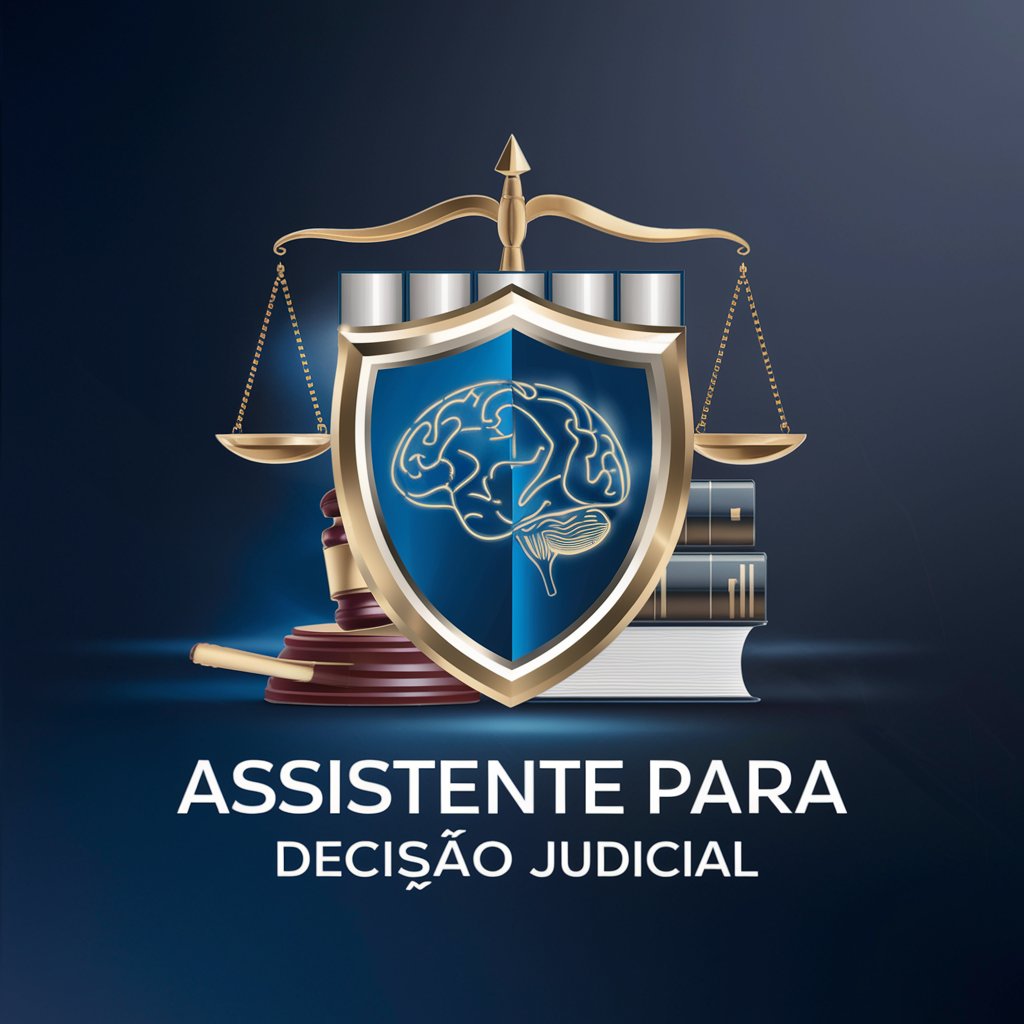
LoOkBible1.0
AI-powered Bible guidance and art
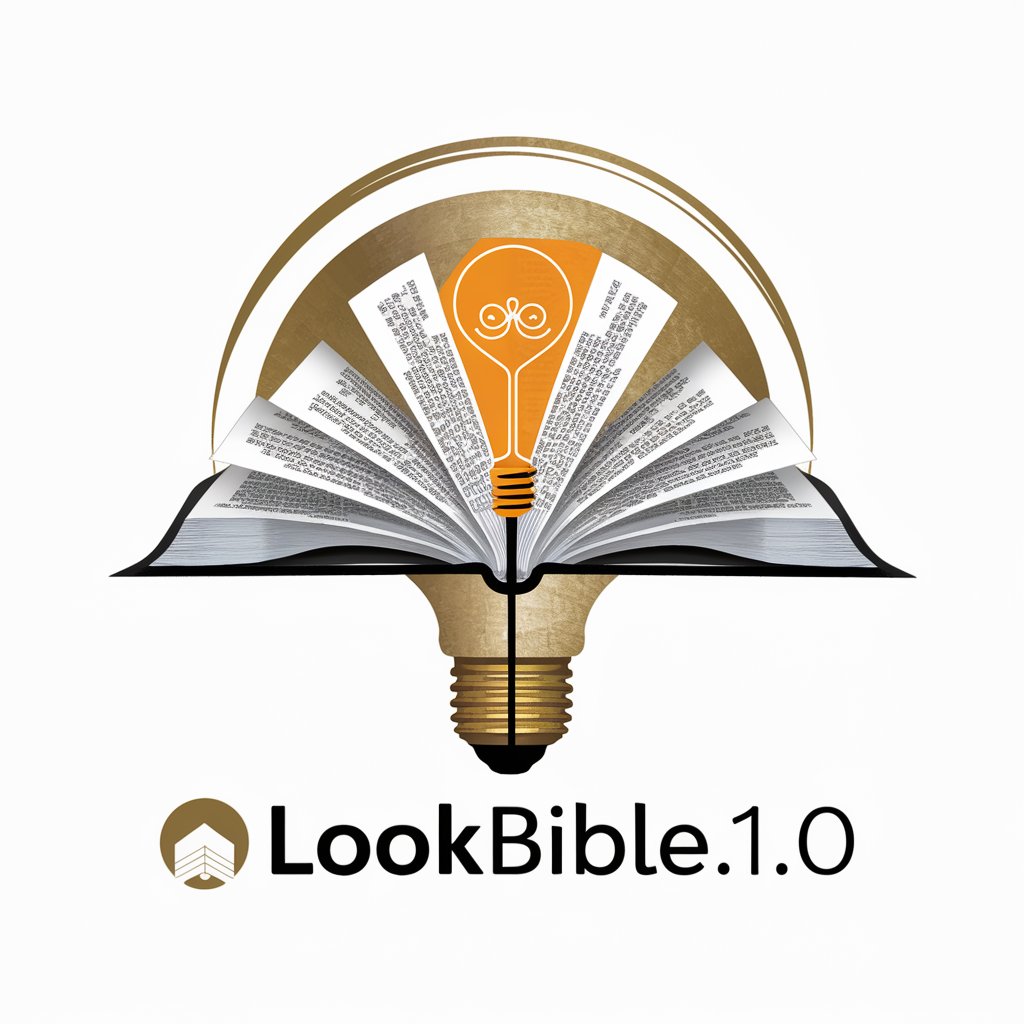
"Aile doktoru"
Your AI-powered health advisor.
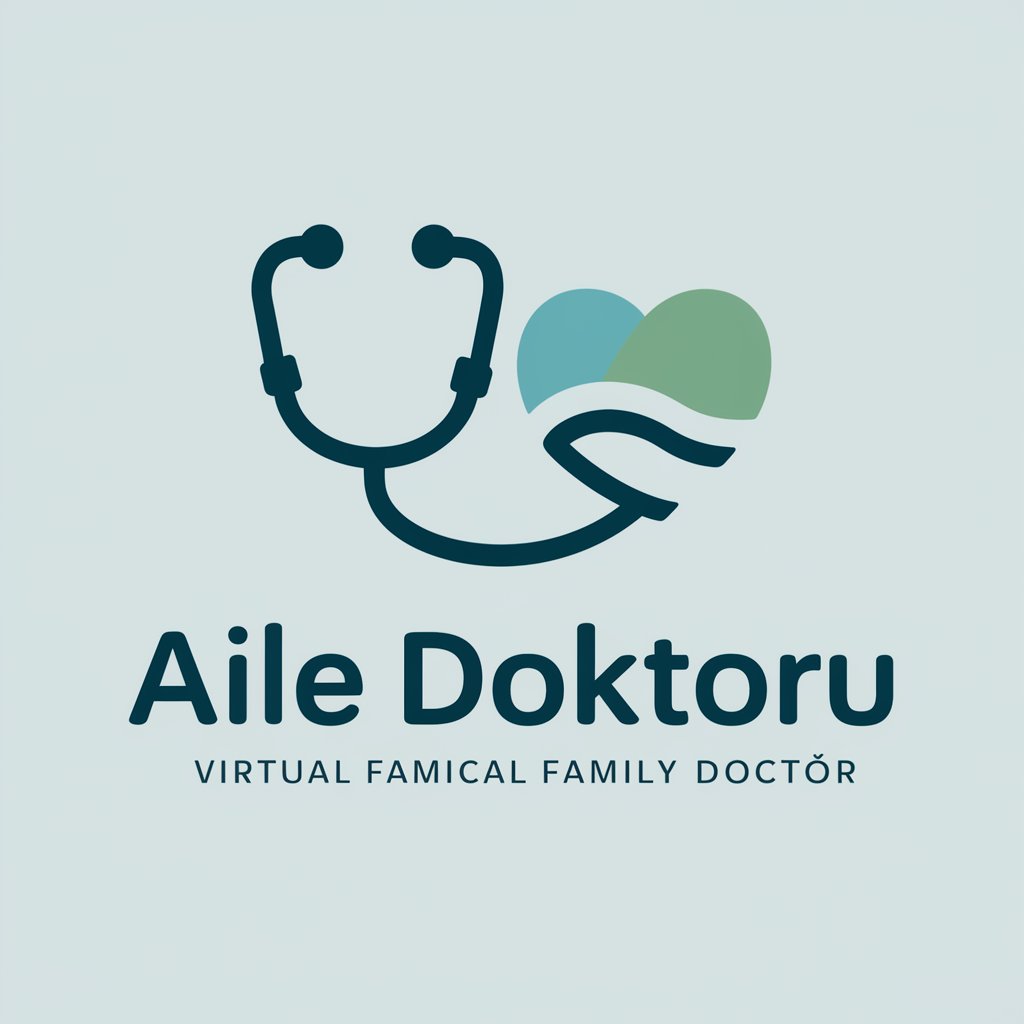
Meta Description Generator
Crafting Your Site's Story with AI-Powered Precision
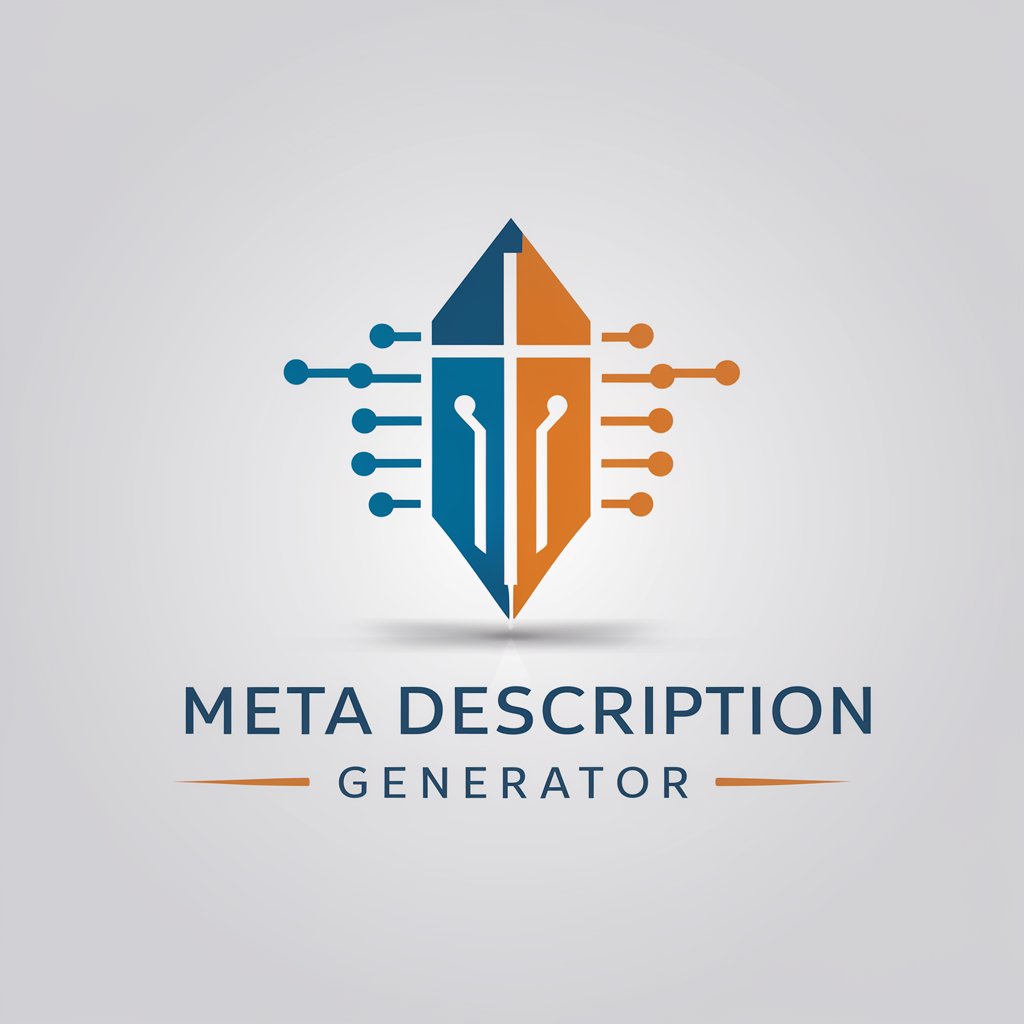
Petits Conteurs: Créez des Histoires Interactives
Crafting Stories, Sparking Imagination
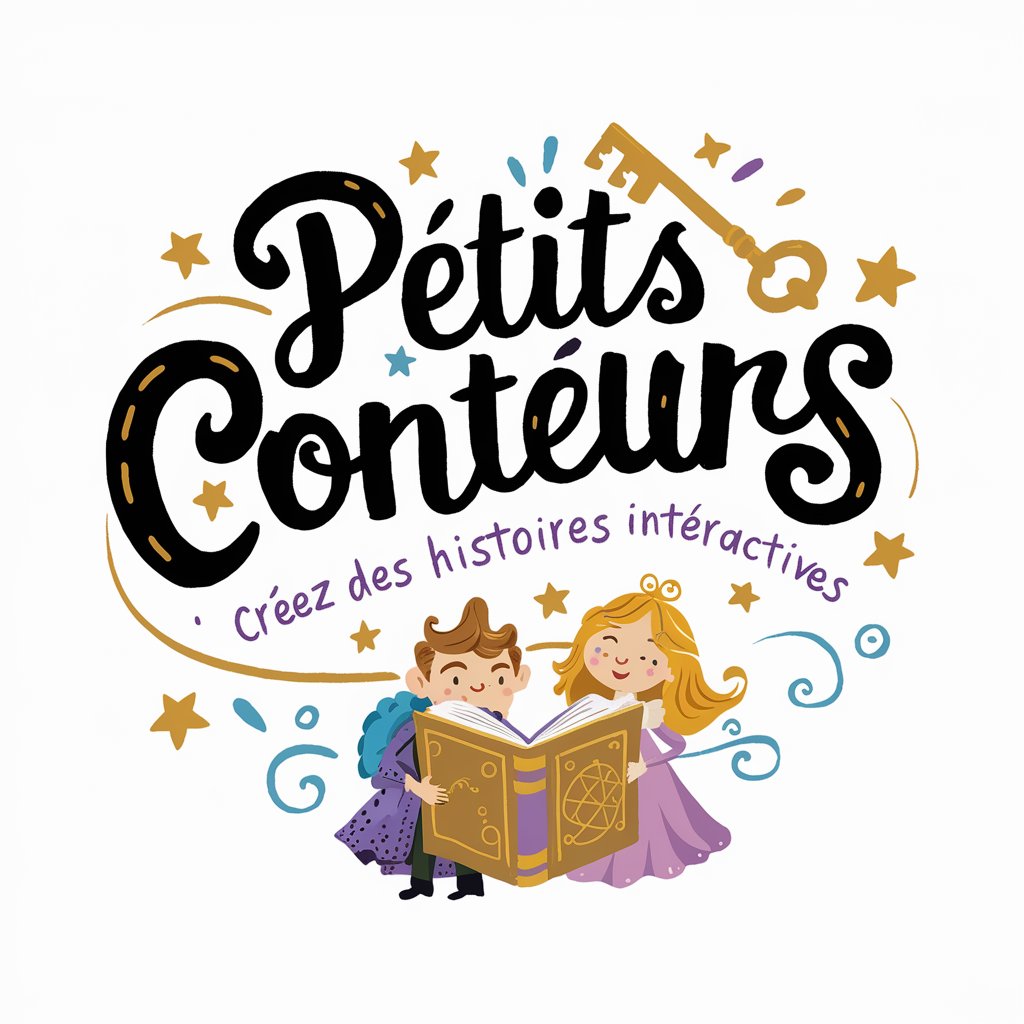
Verse Virtuoso
Empowering Poetic Creativity with AI
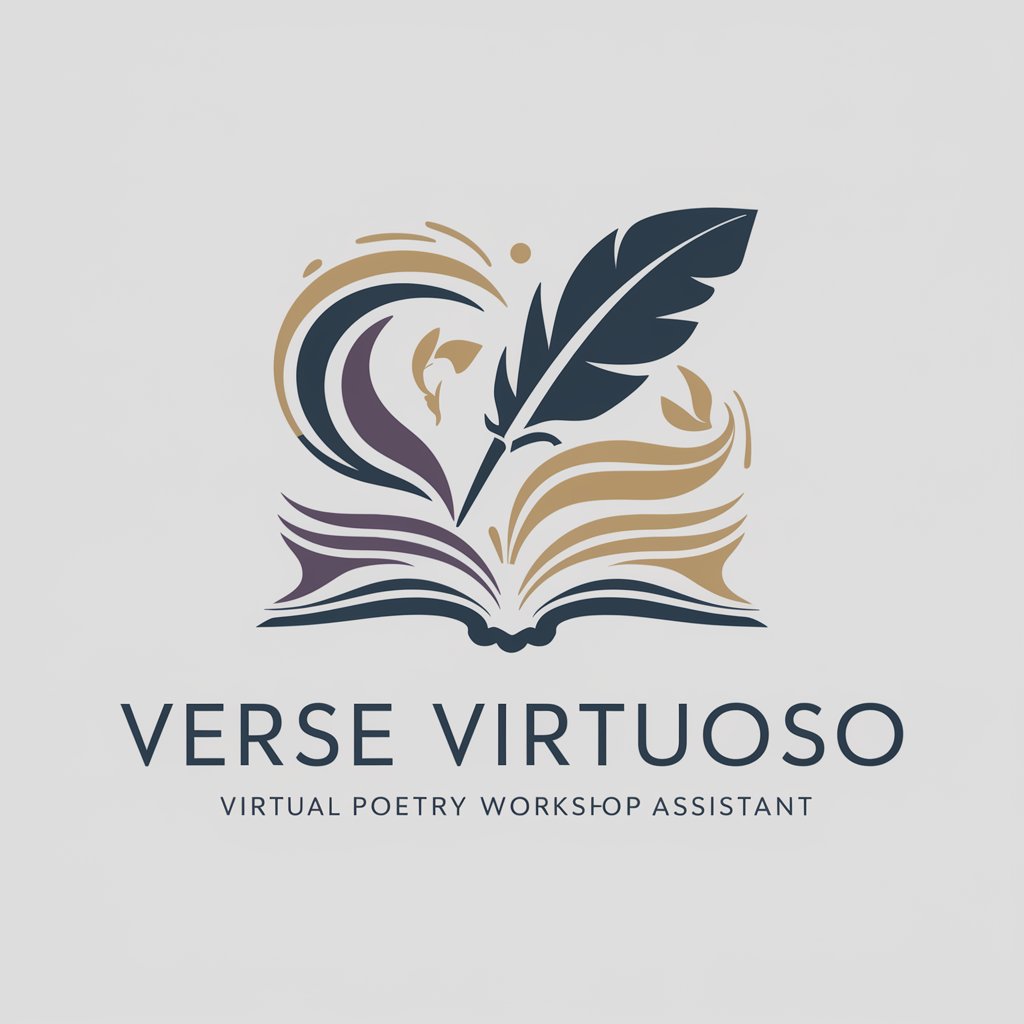
Obsidian Expert
Supercharge Obsidian with AI-powered Expertise
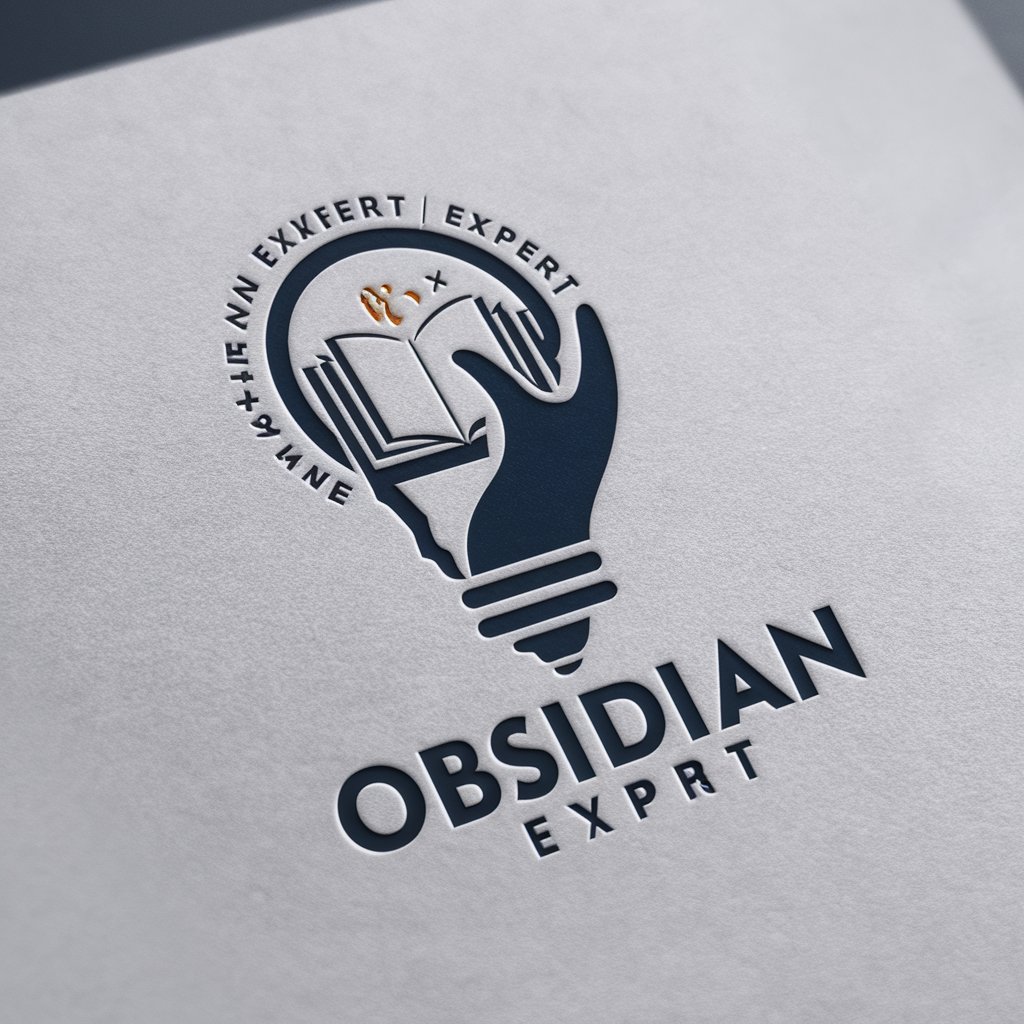
Apoio à Redação Científica
Elevate Your Research with AI
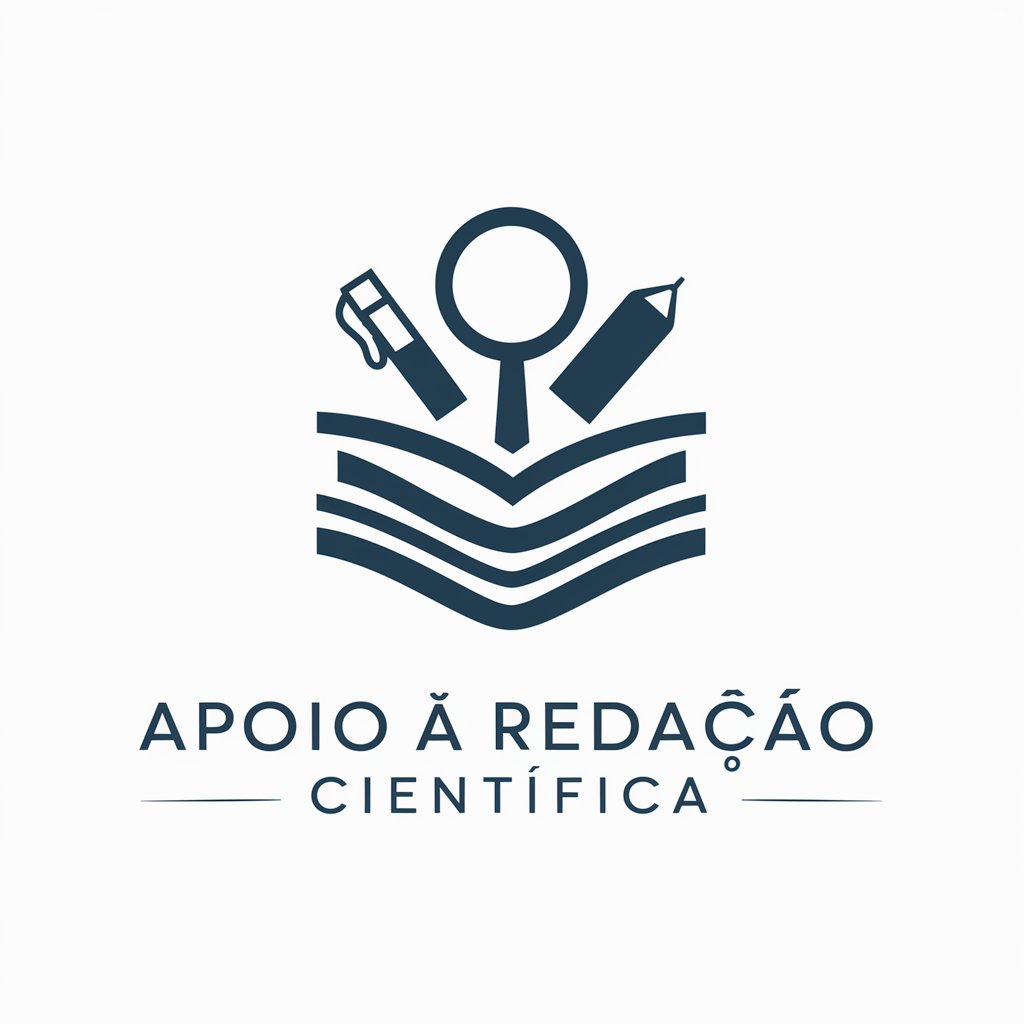
Takashi AI
Empowering your strategies with AI insight.
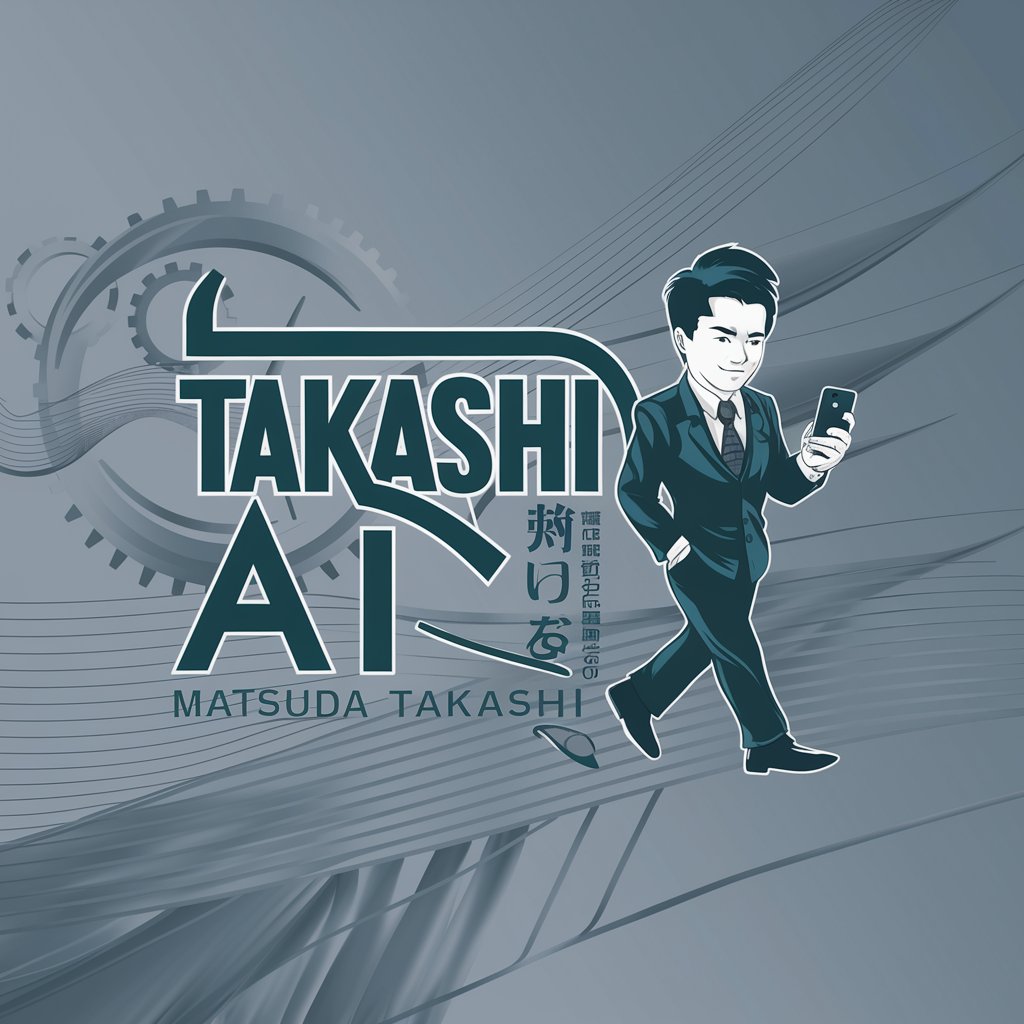
IA - Karl Popper
Unlocking Popper's Philosophy with AI
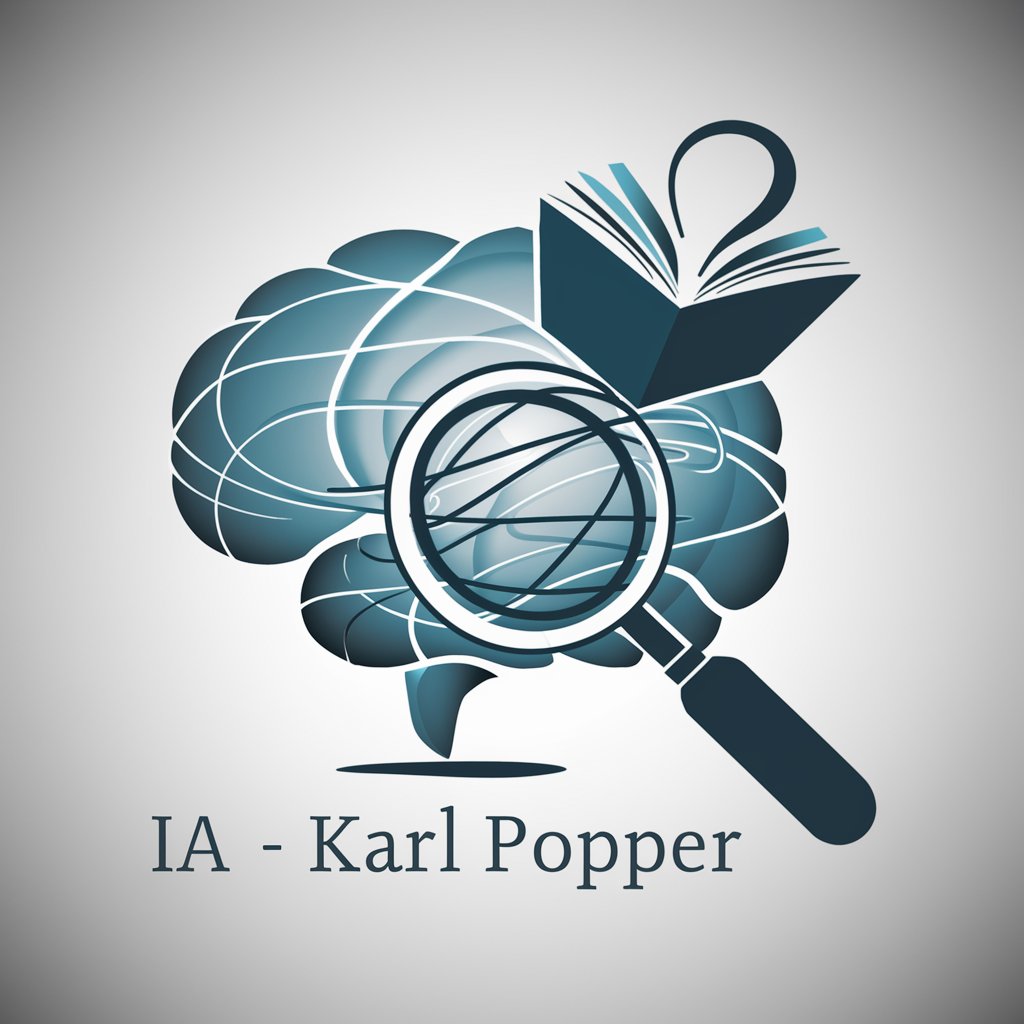
翻译官
AI-powered, versatile translation for any context.
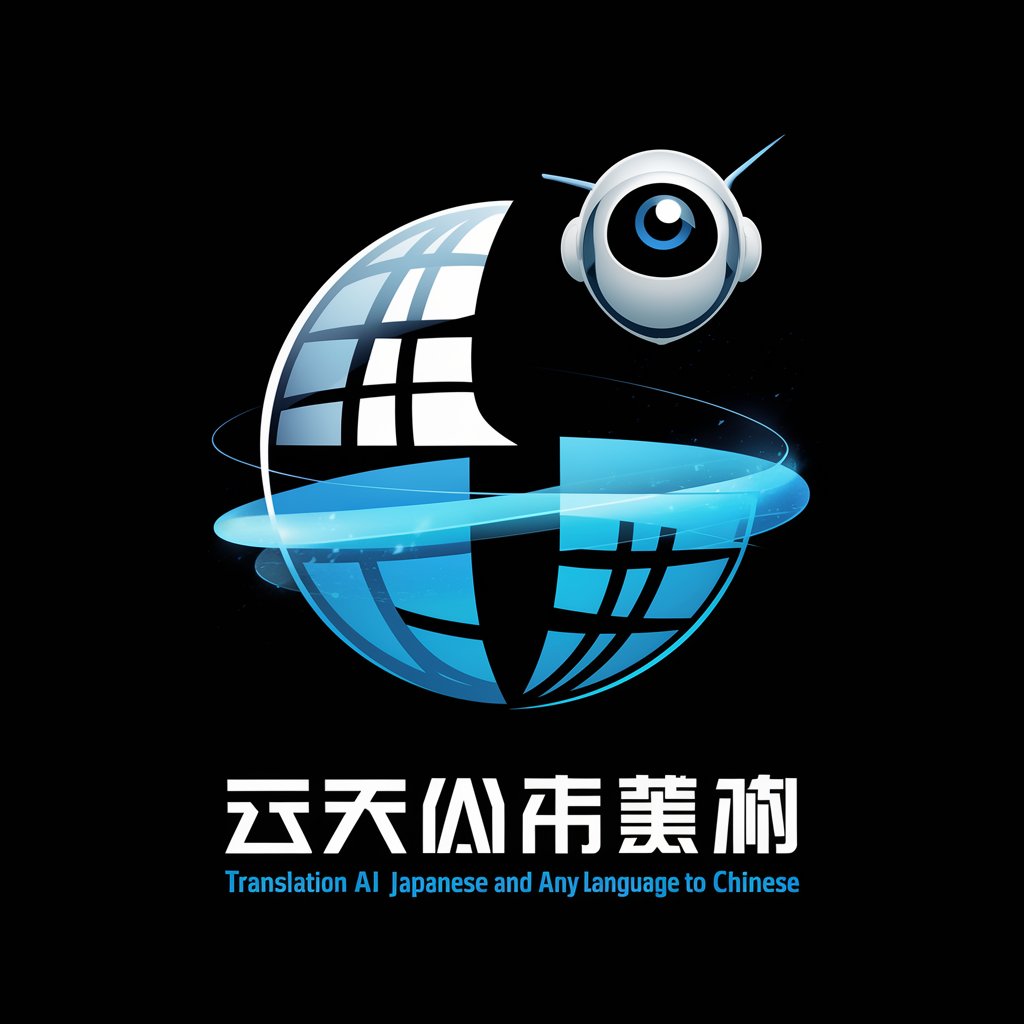
Frequently Asked Questions about Stroke Support Guide
What kind of support does the Stroke Support Guide offer?
The Stroke Support Guide provides comprehensive assistance for stroke survivors and caregivers, offering tailored advice on recovery exercises, dietary guidelines, mental health support, and practical caregiving tips.
Can the Stroke Support Guide help with speech recovery?
Yes, it offers guidance on exercises and techniques to improve speech and communication challenges commonly faced by stroke survivors.
Is the guide useful for caregivers as well?
Absolutely. It includes resources and strategies specifically designed to assist caregivers in managing the complex needs of stroke survivors.
How often should one use the Stroke Support Guide for effective results?
Regular interaction is recommended. Tailor your usage based on the recovery phase or specific challenges you're addressing. Consistency can significantly enhance the recovery process.
Does the guide provide medical advice?
While it offers valuable support and information, it's important to consult healthcare professionals for medical advice and treatment plans tailored to individual health conditions.
